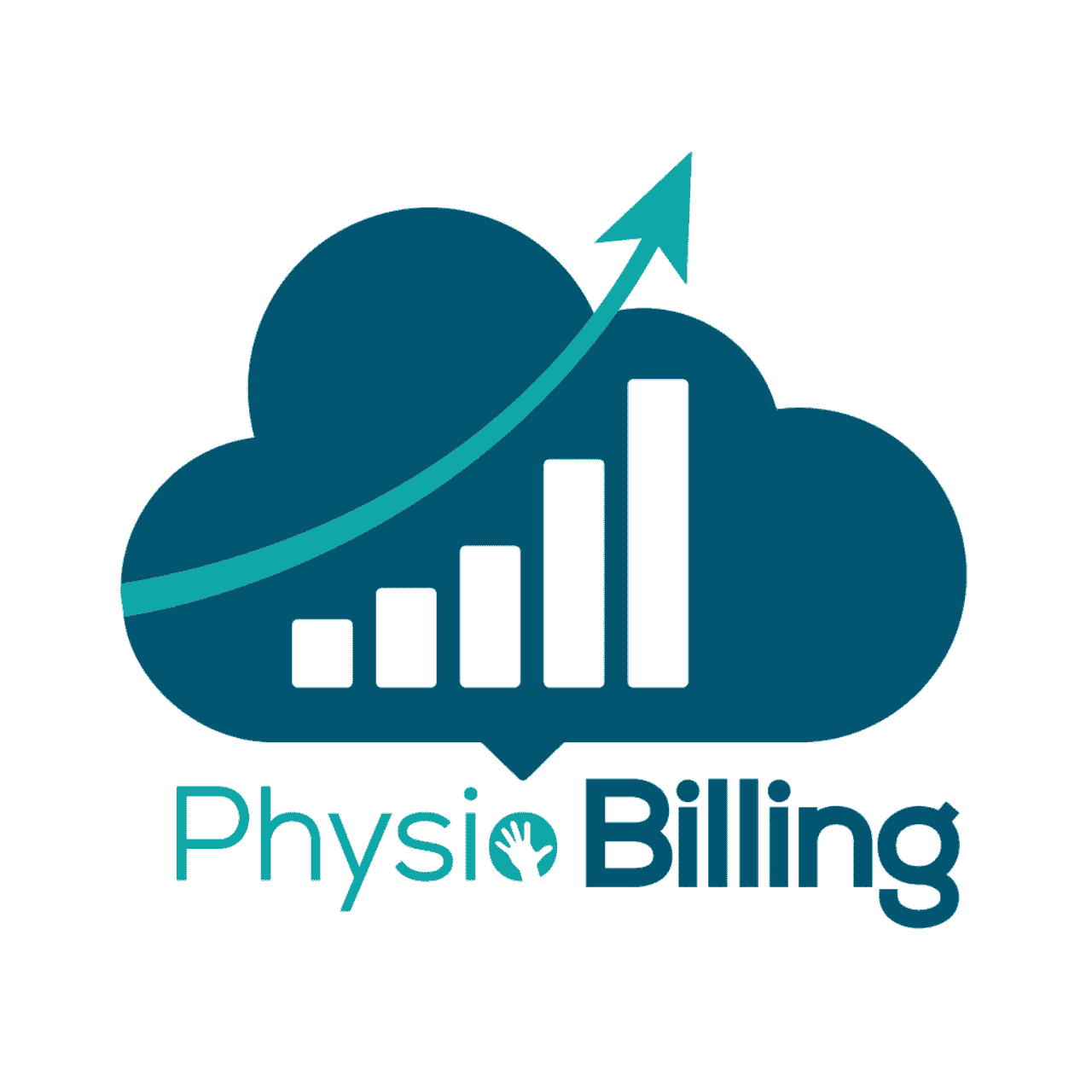Practice Reports that charts the course for where your practice is heading. Different types of financial reports for your practice – each has it’s own purpose that you must analyze to understand your practice’s health. Practice reports are the formal records of the financial activities and position of your practice.
We are the admin staff to your practice that takes care of your patient’s accounts – just like you are caring for their health. Our company specialize in working with Physiotherapists. Specifically the accounts, invoices and collecting payments from medical aids on your behalf.
Turnover report
Your practice turnover report is a summary of all the transactions that occurred in a specific time frame, e.g. one calendar month like December. It gives you the Financial rand value of all the hard work you’ve put in. We’ll send it each month.
It gives you the overview report on all your practitioners total amount they ring into the business. A projected turnover report gives you an idea what you are expected to receive by the end of the month. This practice report must be considered along with other reports to guide you to make decisions.
Want to buy that new equipment? Can your practice afford it? These are the answers you’re looking for, but a turnover report is not the one that’s going to give you that answer. You need more perspective. This is only one of the financial practice report, but not the most important one.


Age Analysis
Unlike the hairdresser where you pay for your service upfront, we need to deal with a third parties to pay for the services your patients received. This involves dealing with complex systems & processes of medical aids to claim for services rendered. Its is a overview of the amounts outstanding to your practice and is divided into 30 days, 60 days, 90 days outstanding.
The report to identifies which patients are lagging to pay you. This income still due to your practice influences how fast or slow money is coming in, after their treatment session. You can understand that this impacts your ability to grow & use that money. When you’re employing practitioners and paying salaries, you need to ensure there’s enough cash to pay them at month end.
If you’re running a cash based practice you shouldn’t have any outstanding payments, however in South Africa 74% of patients choose to pay with medical aid. So you may be missing out on a lot of loot if you narrow your audience like this.
Debtors report
This is a drill down of each individual patient’s account that owes you money. The purpose of this type of practice report is to analyse each case and its merits. This includes problems with payment, short payment of the medical aid, communication history (sms, calls, emails, etc.) Most importantly, our feedback on why the patient has not settled their account.
We offer patients payment plans to pay off their account on a contractual basis that’s customized to you beforehand.


Transaction Report
Accountants require a more detailed transnational report for each consultation at you practice. This report is a line by line history of each procedure & rand value to detect billing irregularities & average billed per patient. Each patient’s account with corresponding treatments applied.
A grass-root level dissection of the discount applied to each session, codes, dates is a good place to start investigating where your practice’s billing can improve. If you want to boost your current profit margin – this is the practice report you must analyse.
Practitioners report
This distinguishes the split of contributions to your practice according to each practitioner. A Practitioners report is used to calculate commission remuneration or salary payouts. As a business owner you’d like to know how much profit you’re making from each of your assets (practitioners). Wouldn’t you like to know which is more profitable?
The most efficient practitioner is not necessarily the one seeing the most patients. Certain factors influence efficiency like the amount of treatment sessions taking into consideration the average billed per patient. This is crucial to determine if a practitioner is billing more that their colleges, even if they treat less patients.
Each of these reports gives you a better understand of each cogwheel making your practice drive forward.

Analysis of Reports
Having the reports is not enough. Understanding them is the key.
Helps with planning, decision making
To be prepared for recession, a drop in treatment volume, and not spend all the money on new equipment.
Value of reports in change, trends, to prepare & drive your practitioners to what’s up ahead.
Leave planning, financial expenses & responsibilities.
Making decision without consulting the reports may put you in a worse off position, without you even realizing it.
e.g Approving leave for a college in a season where your practice is at its’s busiest.


Data
Data represented in the reports convey the real facts.
Stroome van die selfde rivier.
We need to all the data
Each reports is important, depending on the outcome answers you’re looking for.
Your practice has a lot of data points, that must be captured & collected in a seamless & efficient way.
Your Practice reports
Practitioners consultations report
This is to monitor & manage the targets you set out for your practitioners.


Capacity Report
This is the practice reports that shows you how busy your practitioners are, and if you’re using your resources to their full capacity.
Your biggest assets in your practice is your employees. Finding the balance between burning them out with too much work and keeping them stimulated enough.
Creating a work environment where your practitioners are valued just as much as you make them feel valuable.
Knowing when to tell your practitioners “its time to take time off”.
